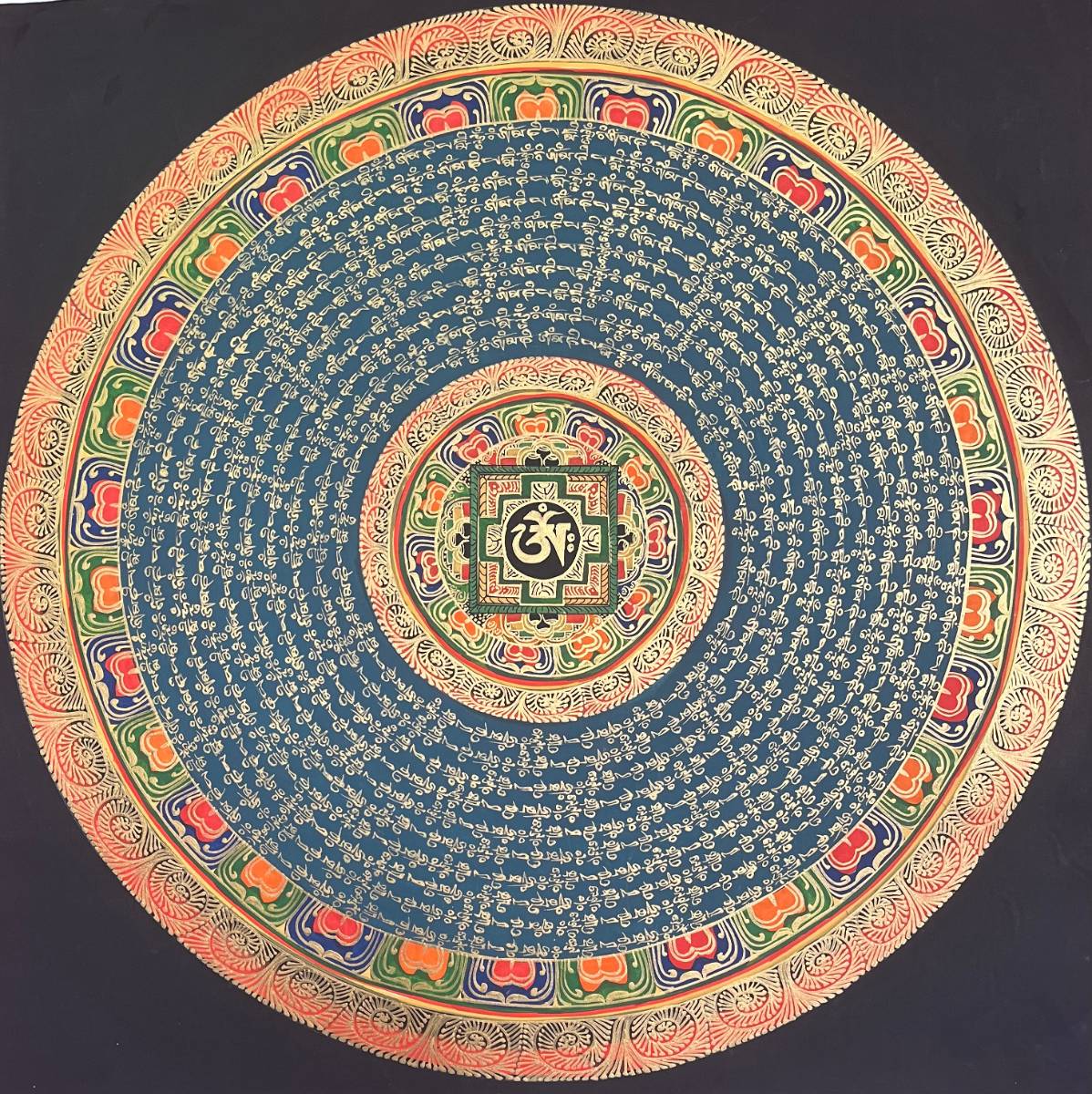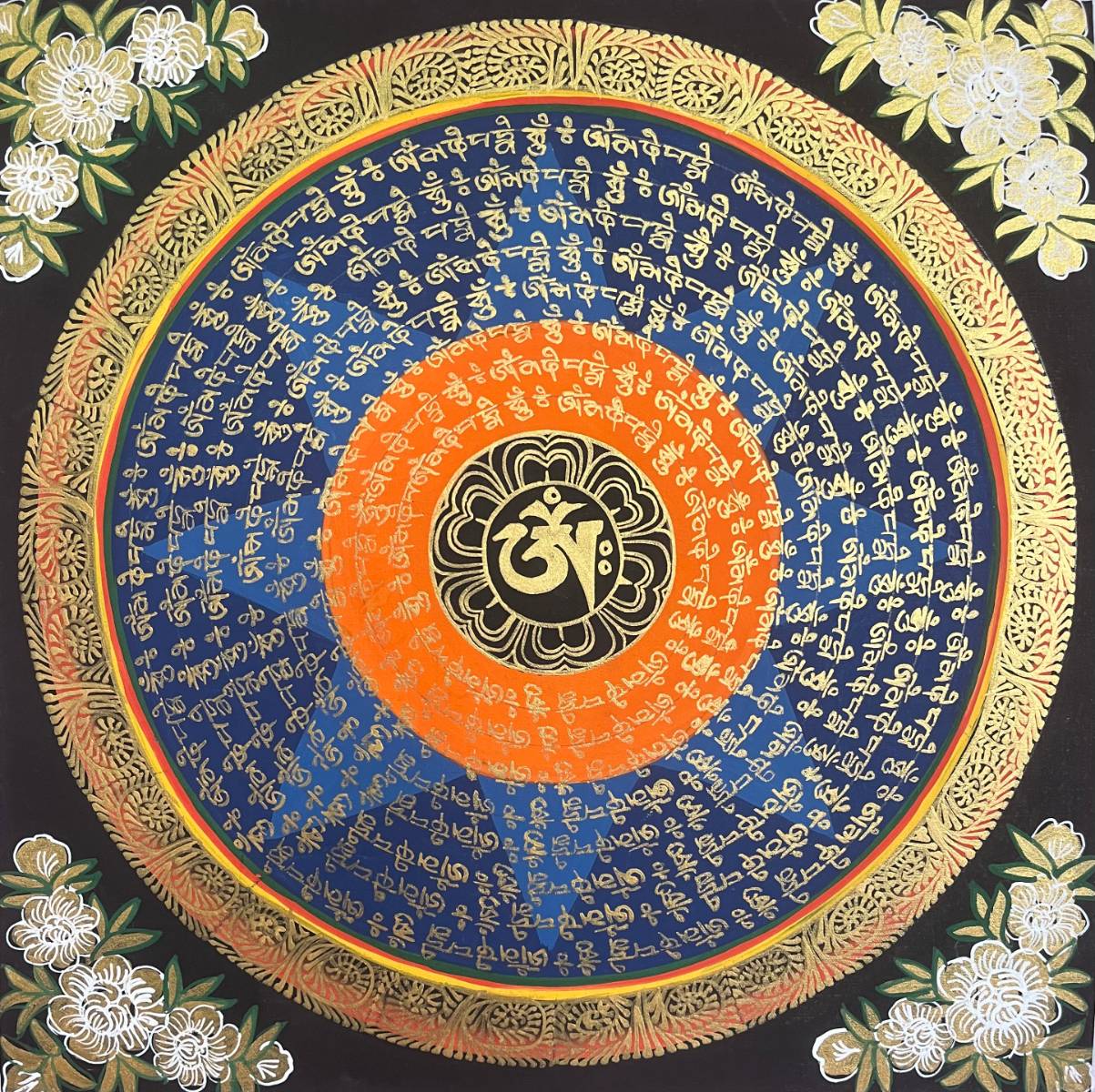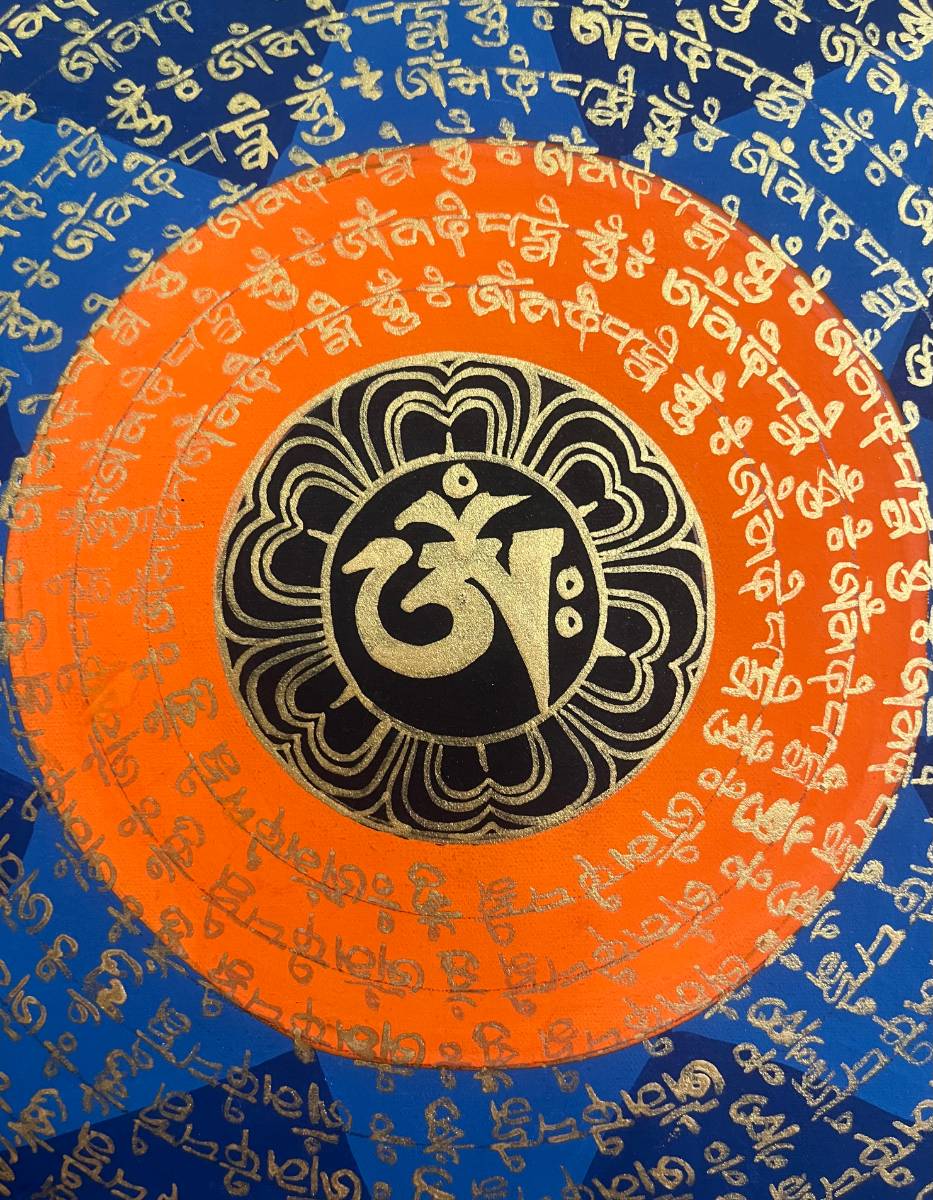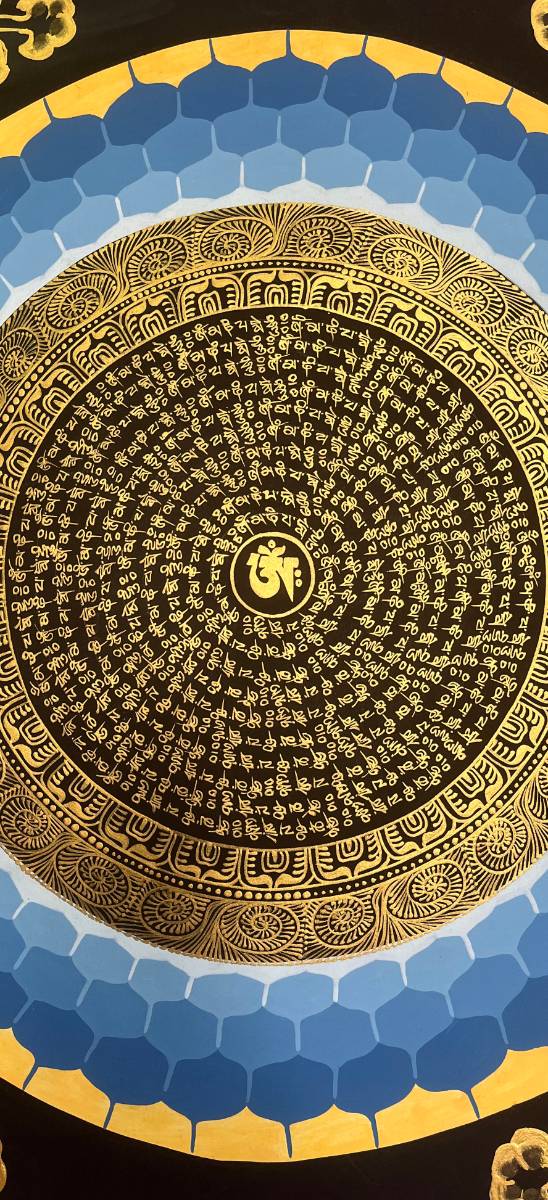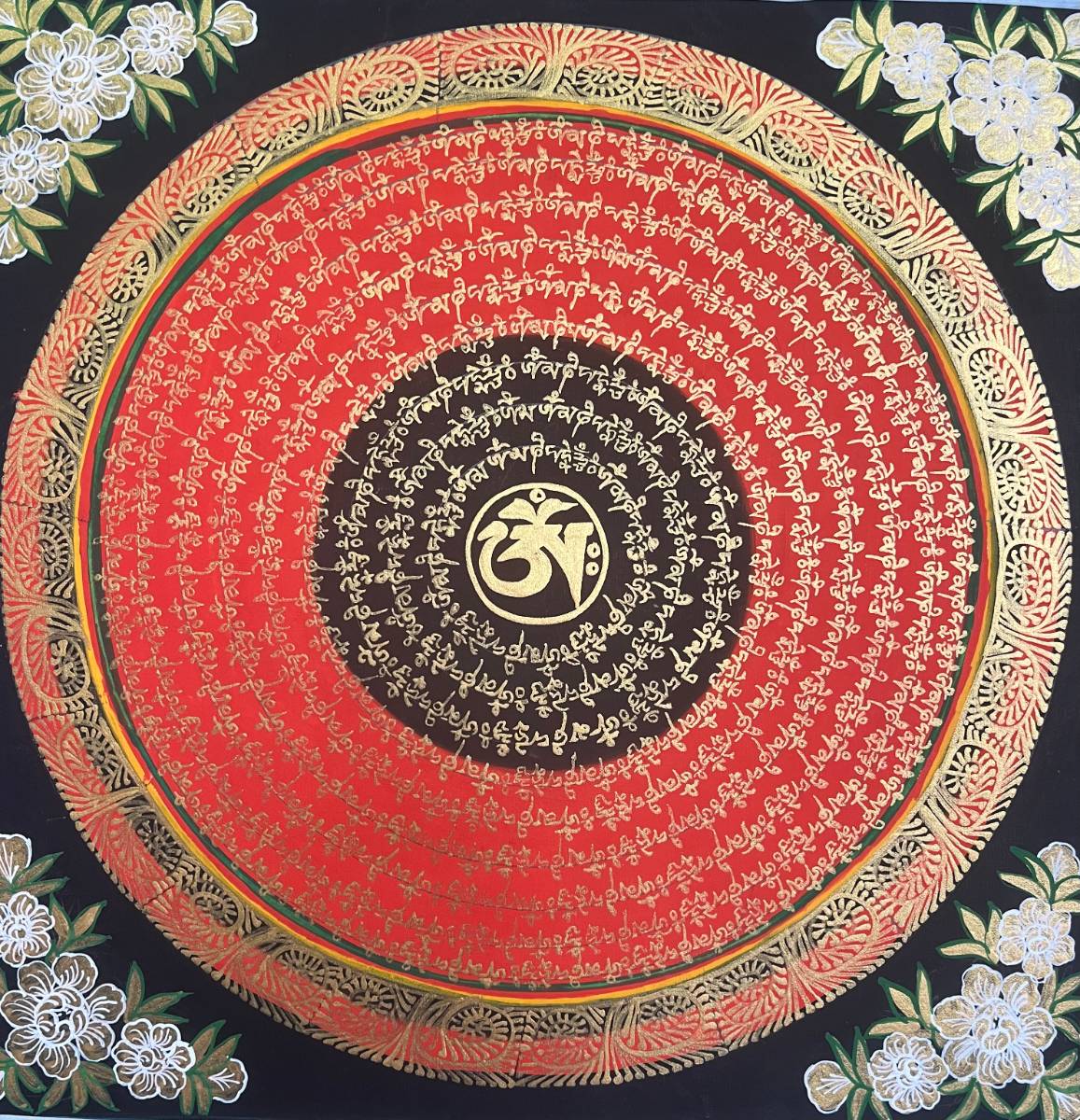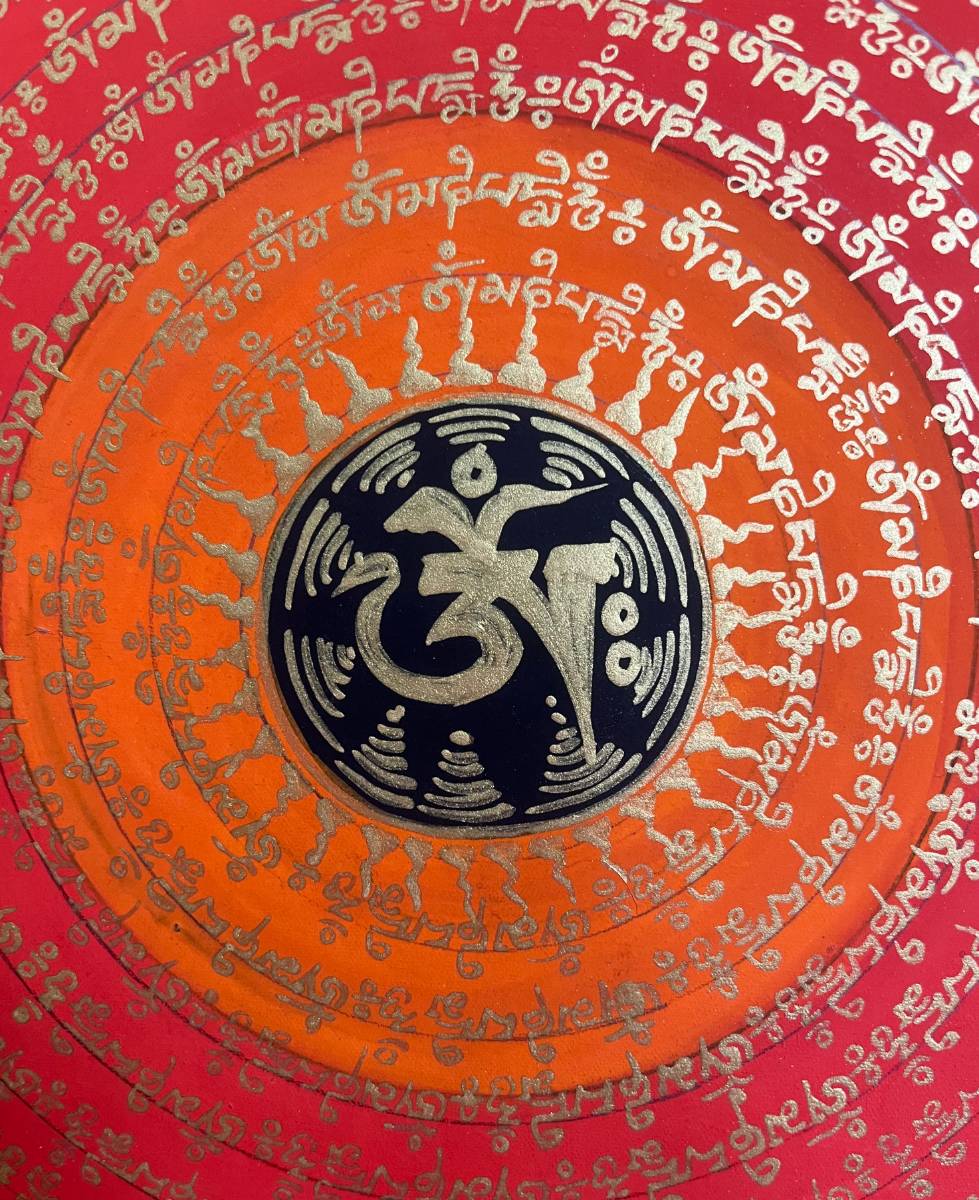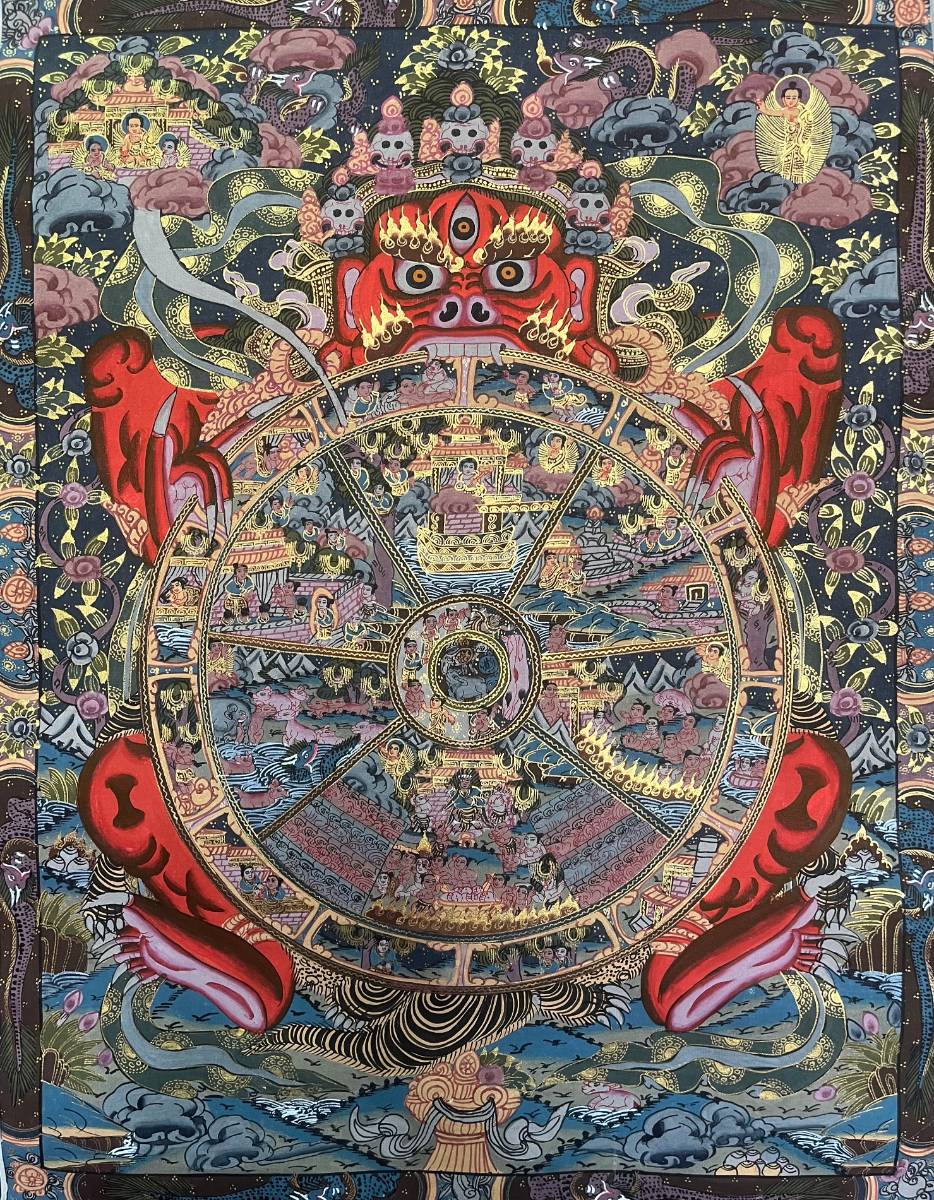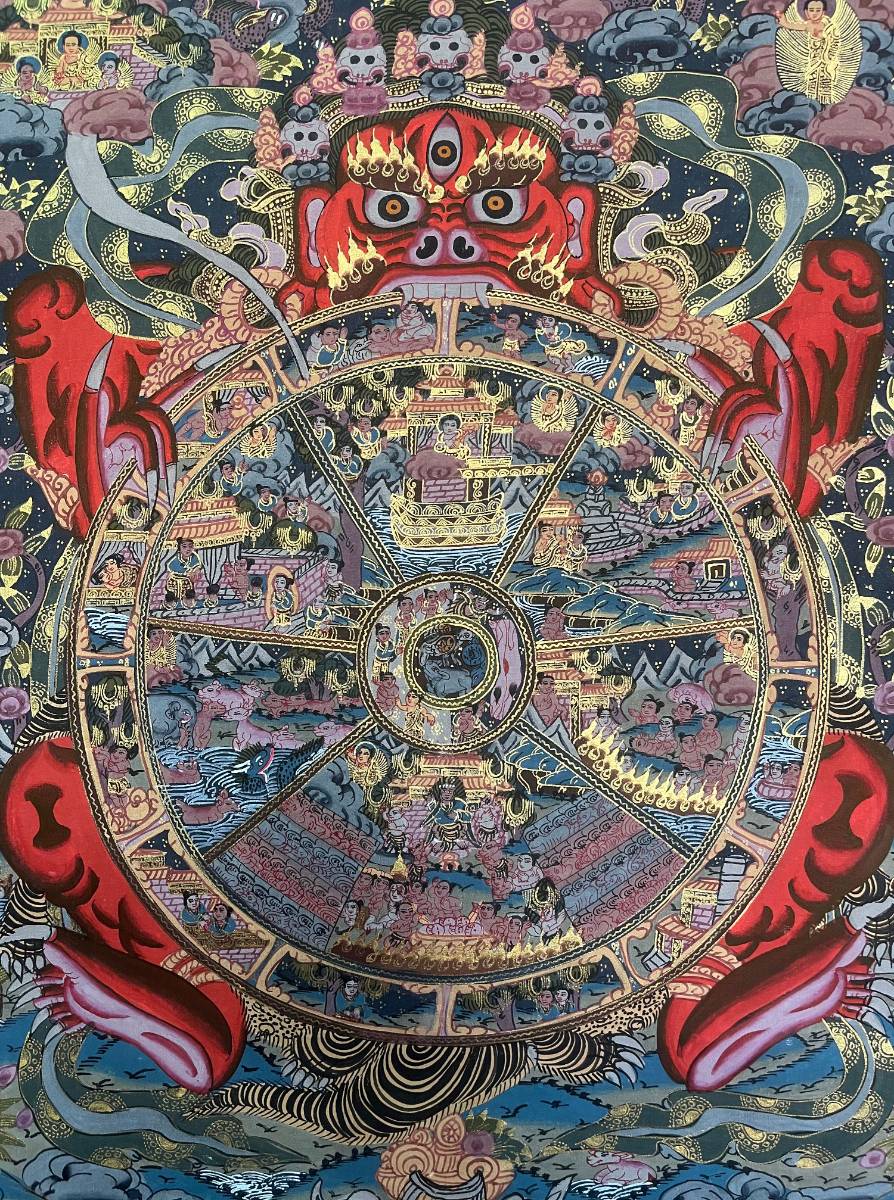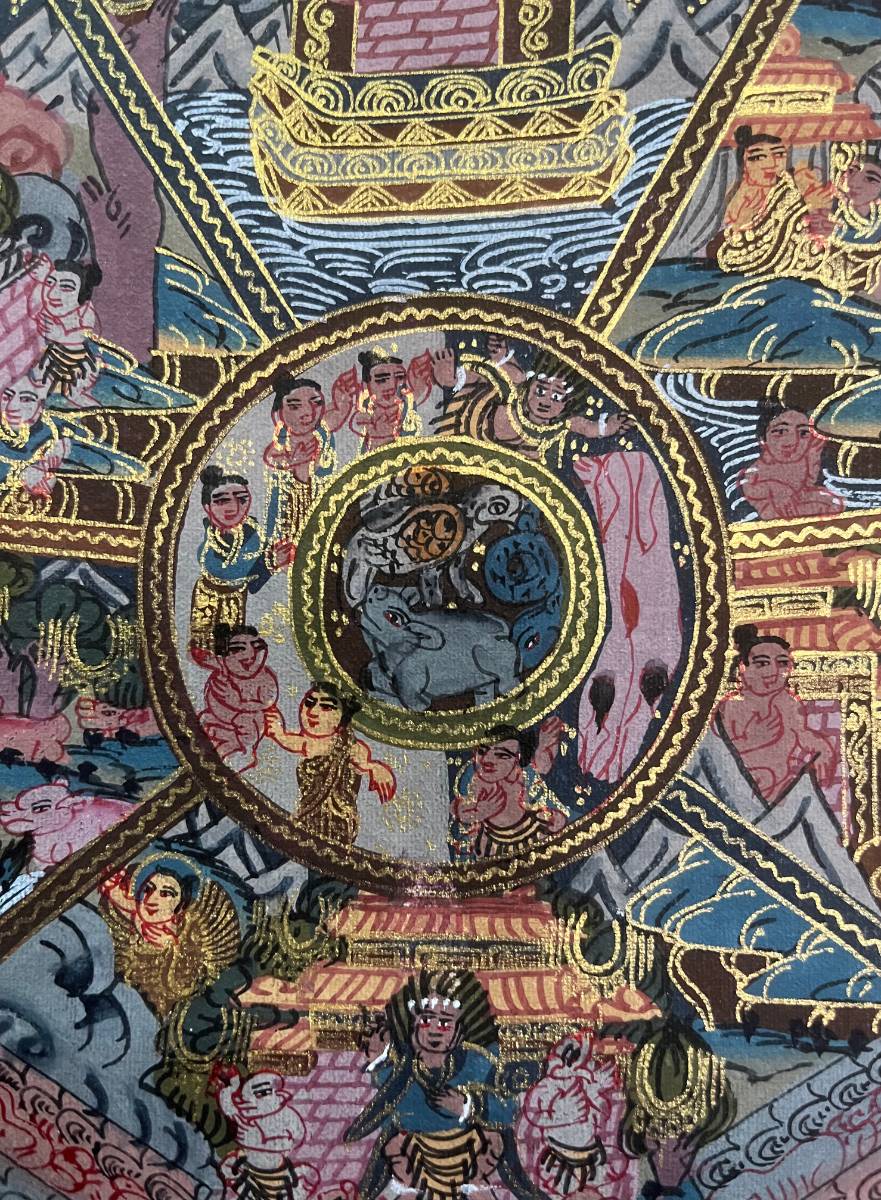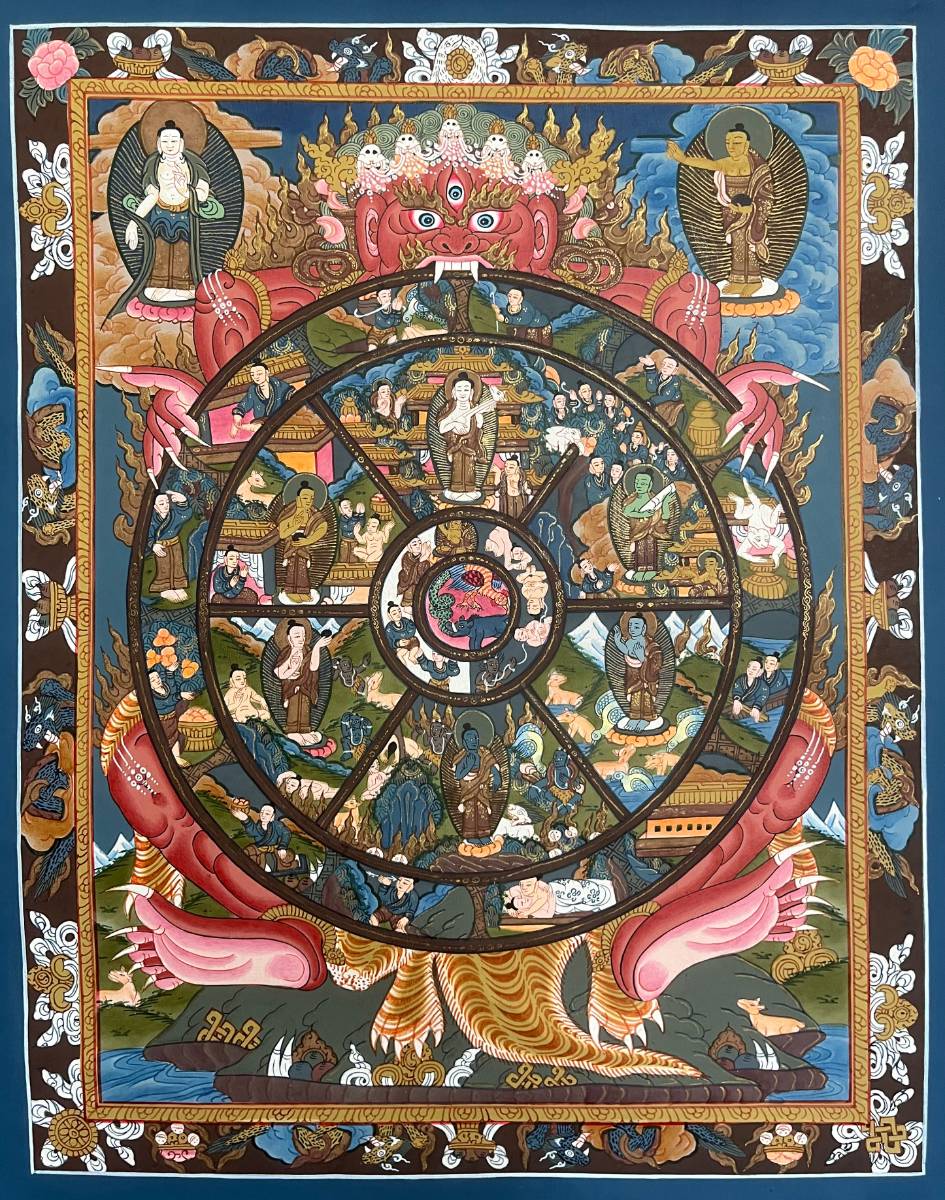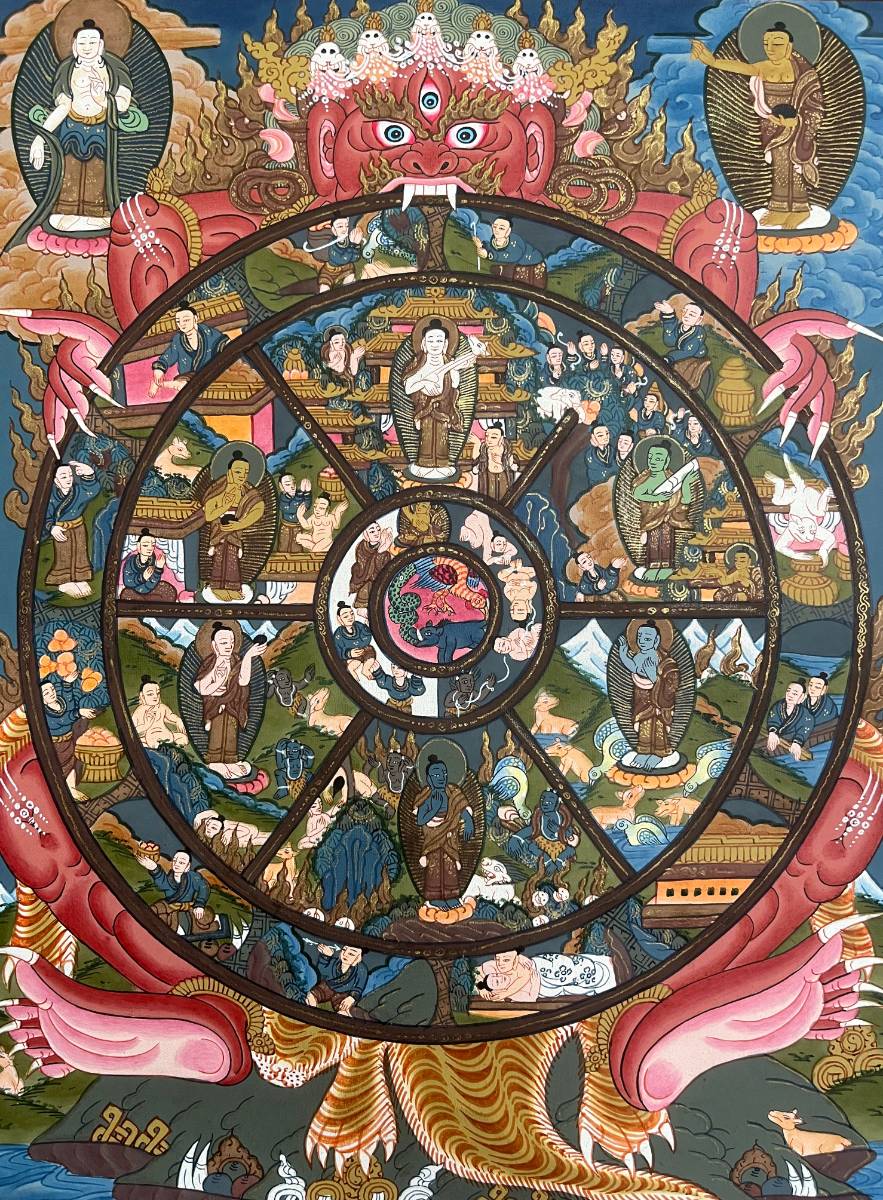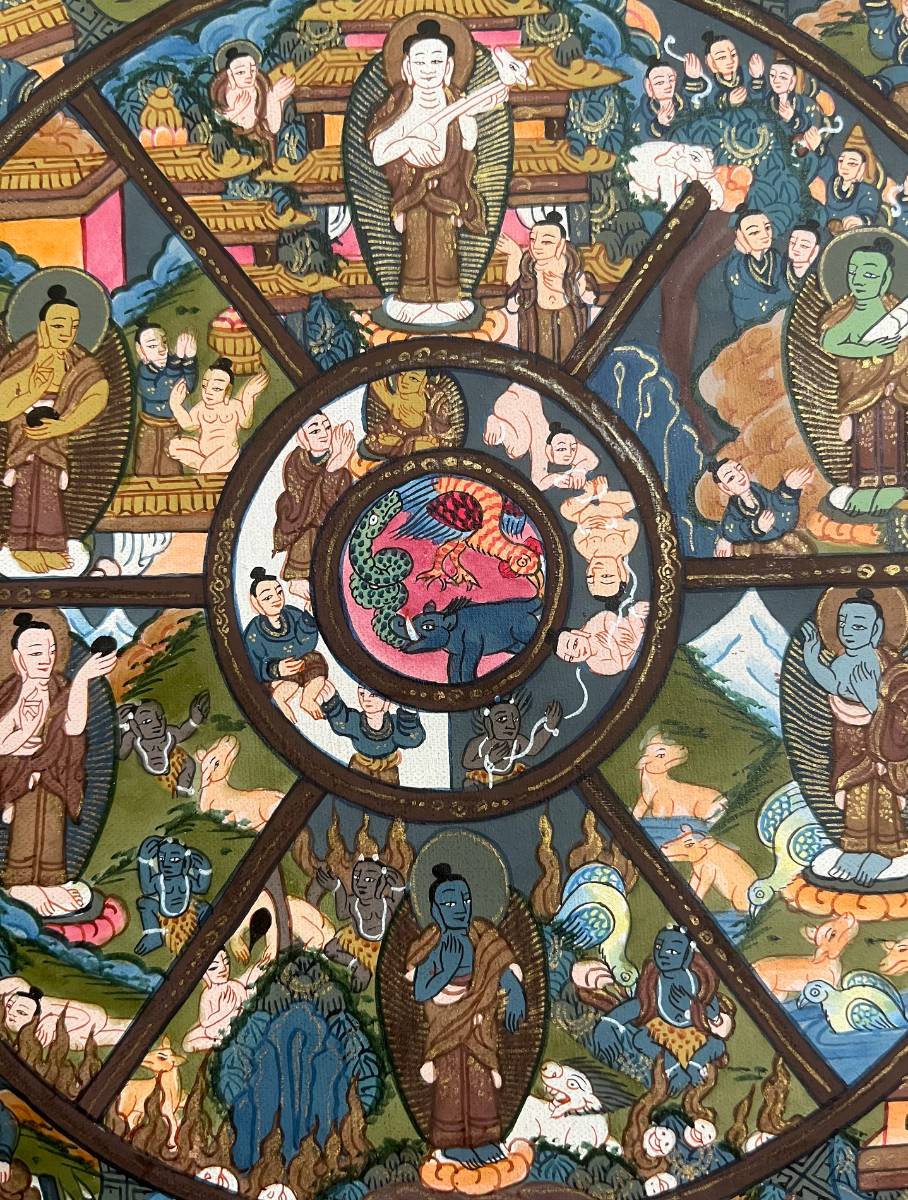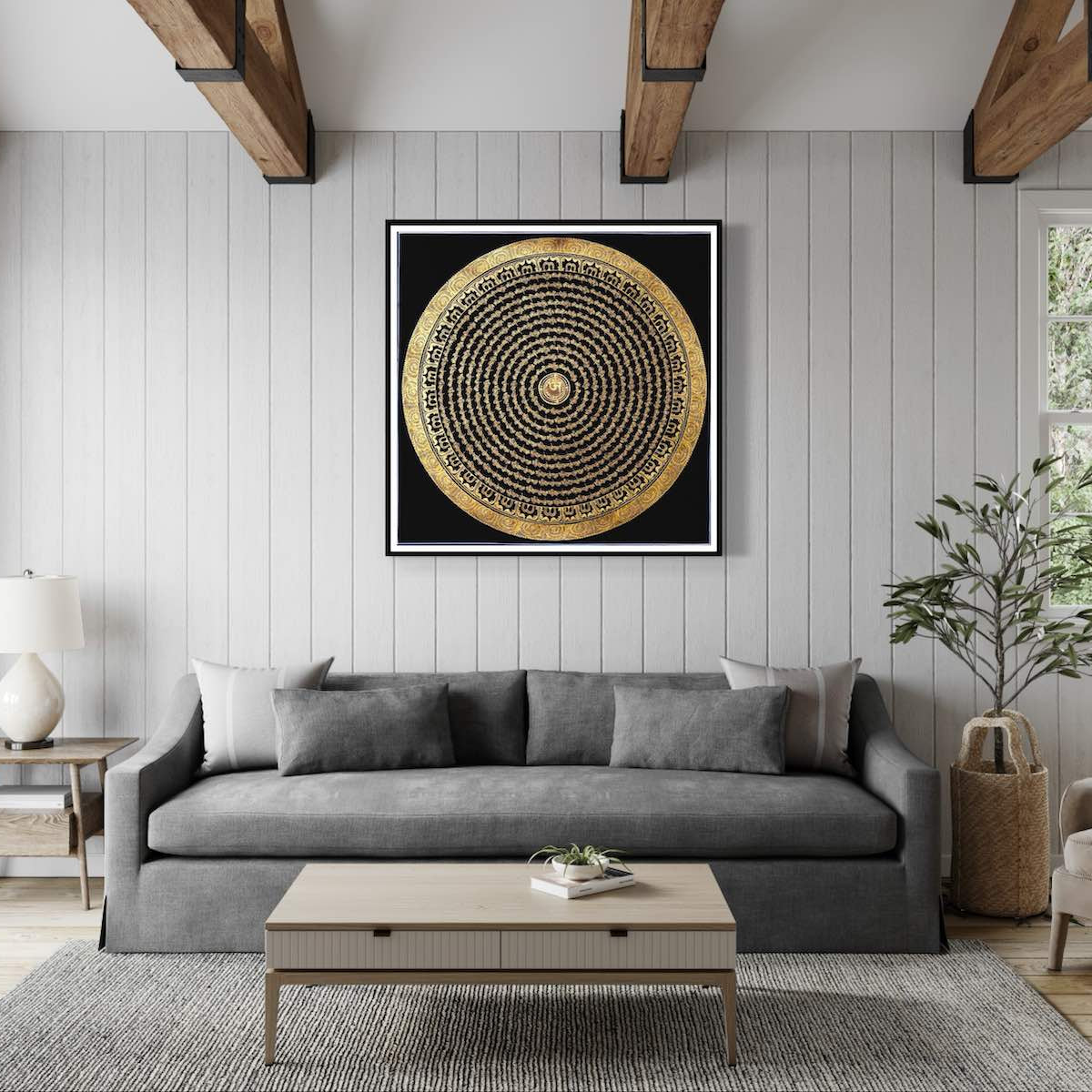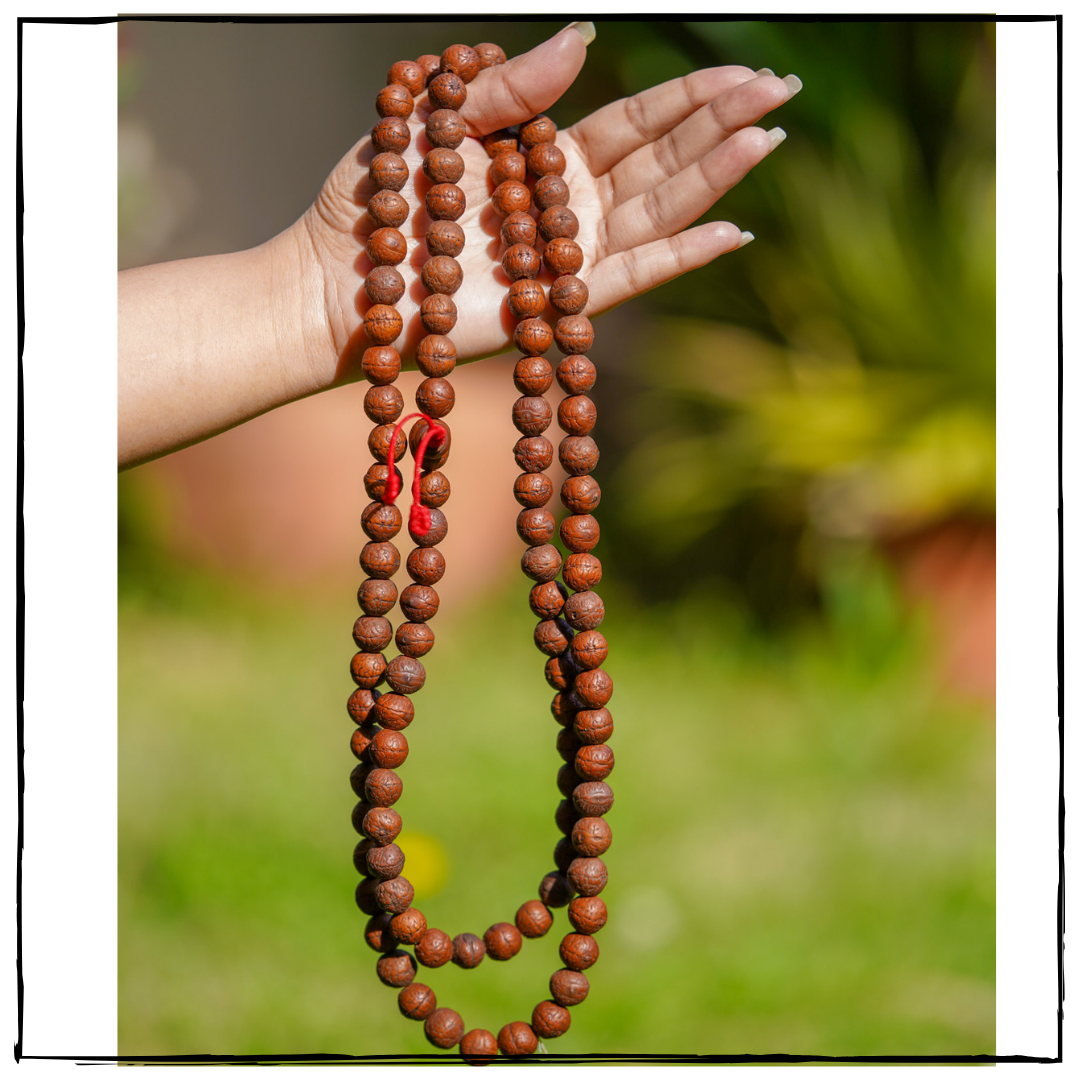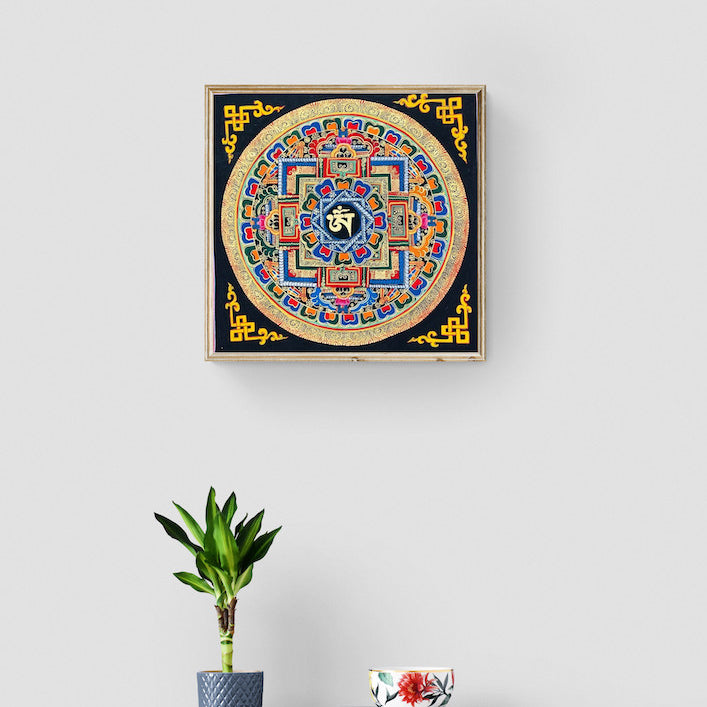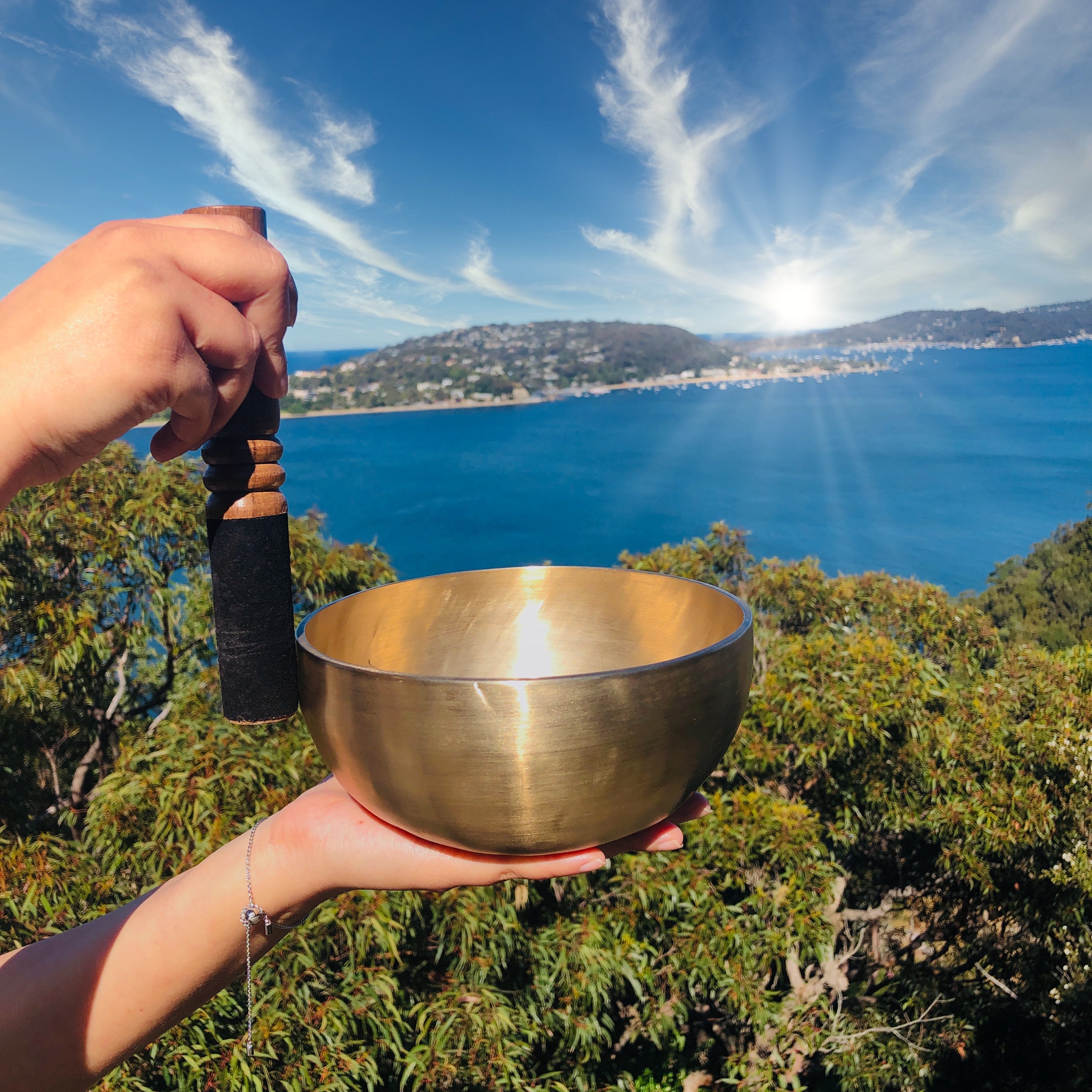Zambala Thangka Painting
Couldn't load pickup availability
Description
This Zambala Thangka Painting is a stunningly intricate piece of art, expertly crafted by skilled Tibetan artisans. It features Zambala, the deity of wealth in Tibetan Buddhist tradition, symbolizing abundance and material prosperity. This masterpiece serves as both a visual inspiration and a source of prosperity for those on the spiritual journey.
Key Features:
- Depiction of Zambala: The depiction of Zambala portrays him as a commanding and formidable presence, with an intense gaze and a mongoose that radiates precious gems. This symbolizes his ability to remove obstacles and bring prosperity.
- Colors and Materials: This Zambala Thangka Painting is handpainted using natural pigments sourced from minerals and plants, skillfully applied onto cotton canvas. The vivid colors are expertly highlighted with gold accents.
- Purpose:This Thangka painting serves a dual purpose, assisting with both meditation and ritual practices. The depiction of Zambala is thought to aid in obtaining wealth, encouraging generosity, and breaking through financial barriers.
- Craftsmanship: The process of creating a Thangka painting requires great expertise and accuracy from the artist. This entails following strict, traditional iconographic principles and proportions that have been meticulously preserved and handed down through numerous generations.
Product Specification:
- Hand Painted
- Size: 56 cm x 40 cm
- Base: Cotton Canvas
- Origination: Nepal

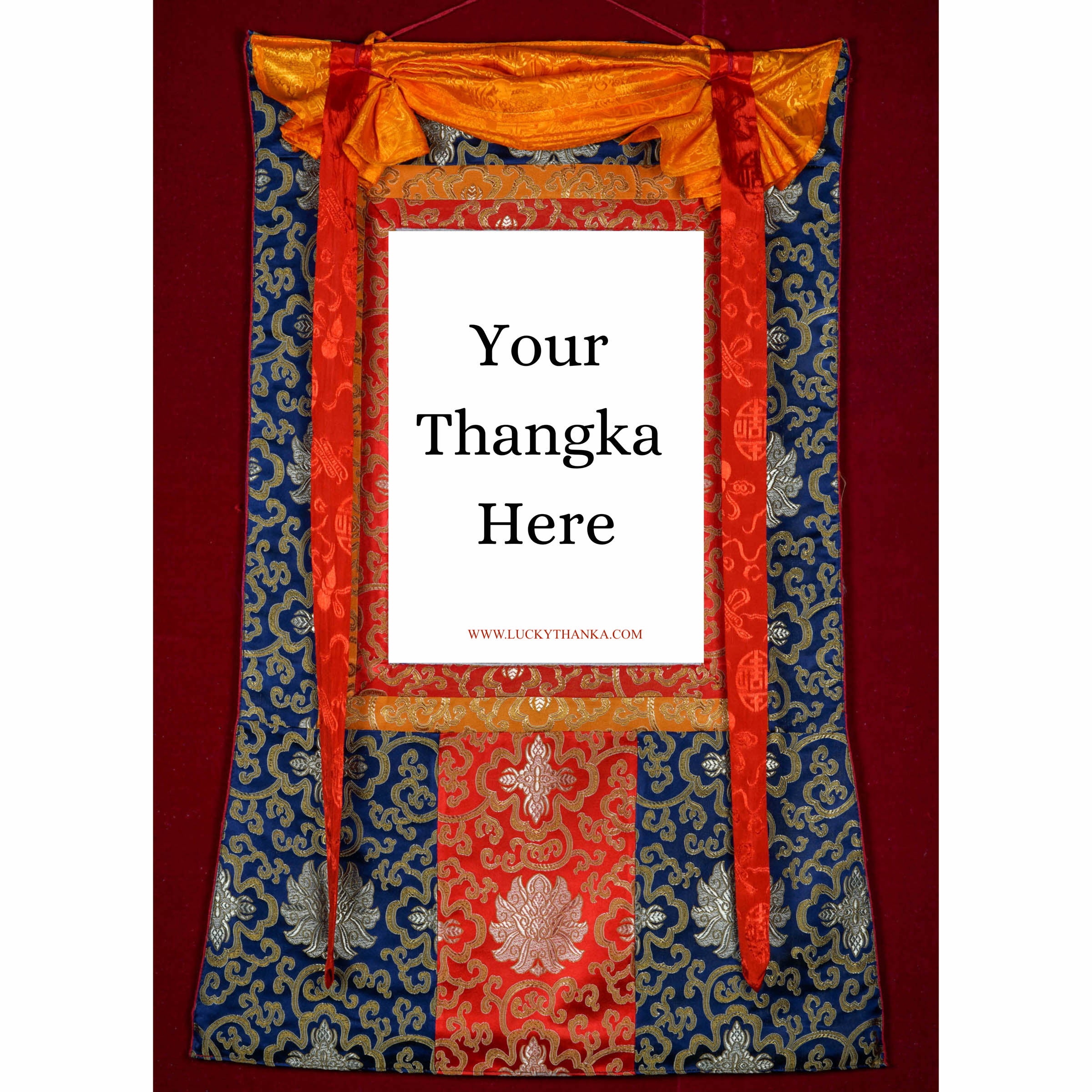
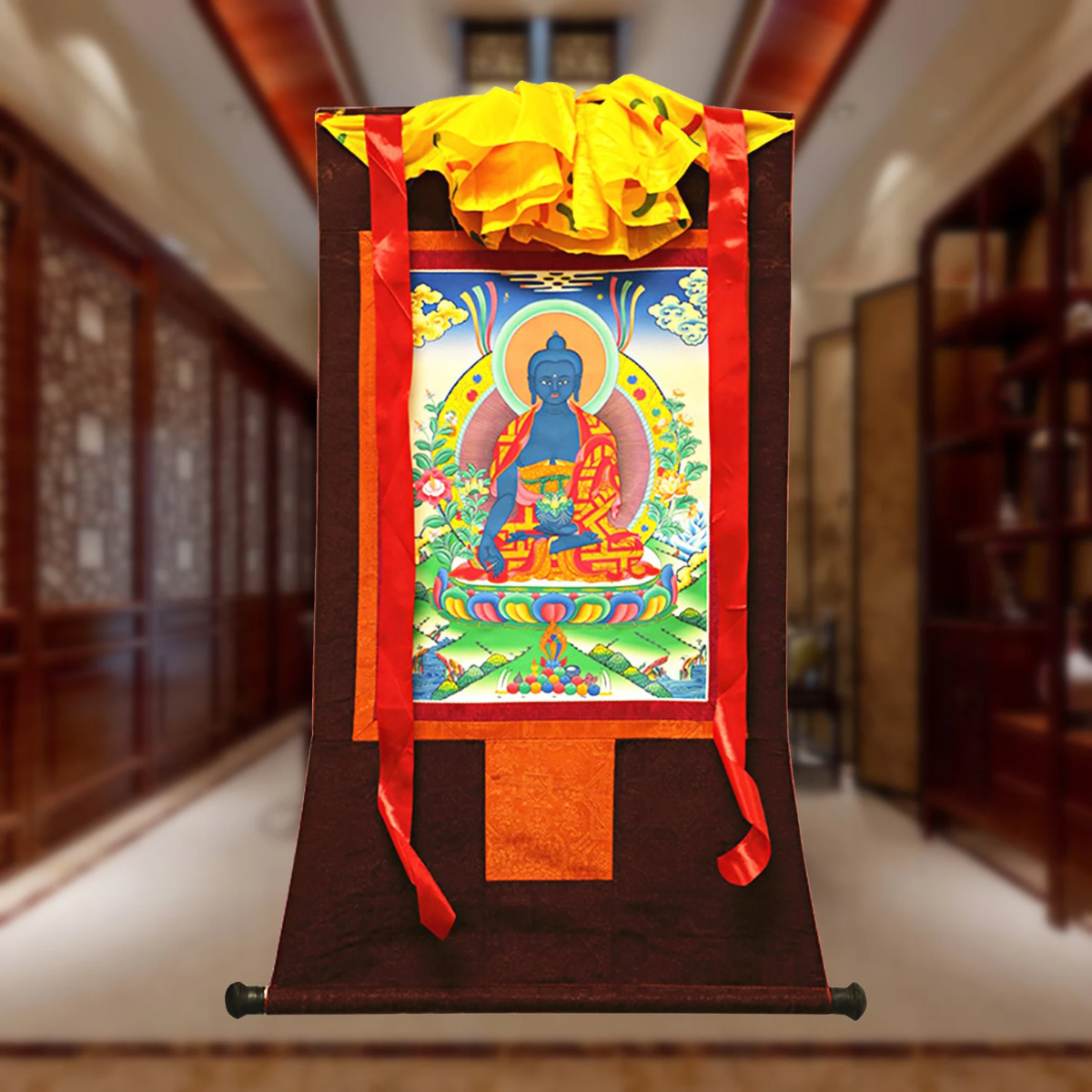
Hand Embroidery Brocade
Want to add a Brocade to your beautiful Thangka Painting? Traditional Style Brocade has been one of the most popular form of mounting as it has a greater religious merit.
Note: Make sure you have added the Thangka to your cart first.
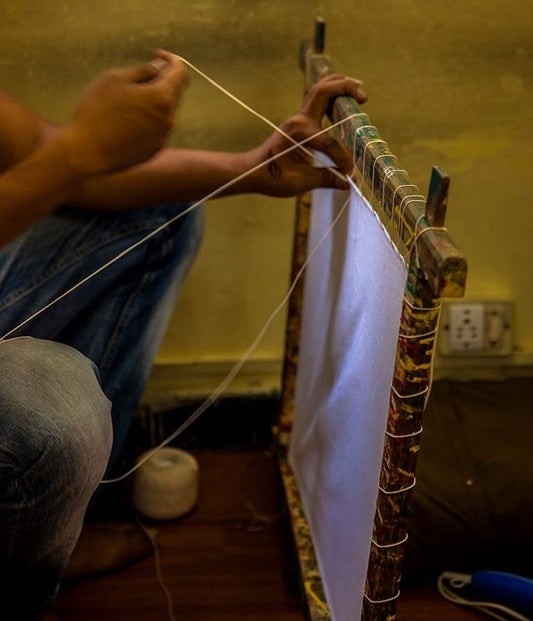
100% Cotton Canvas
Preparing the Cotton canvas before starting to paint a Thangka. This process includes washing, drying, stretching, sizing and everything needed to make a perfect base for the thangka to last for centuries.
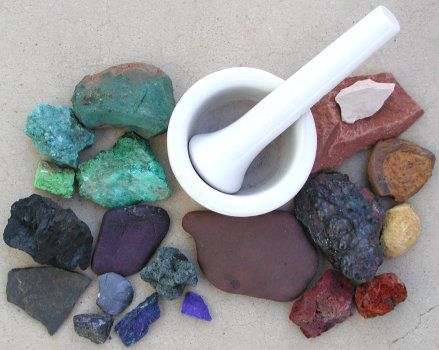
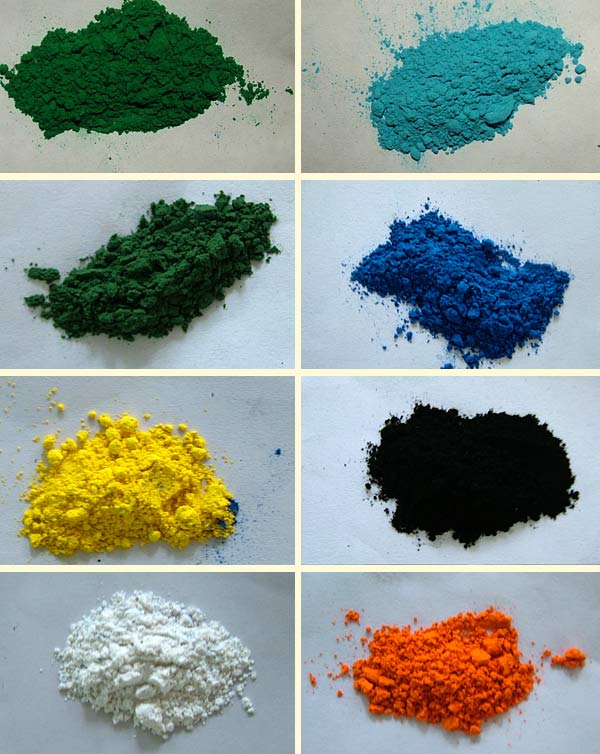
Natural Minerals
Thangka Paintings are painted using the natural minerals. These are firstly grind into the powder form and then used in the thangka as a paint.




